Citrix: Virtual desktops set to go mainstream
There's more opportunity in virtualised desktops than servers, according to Citrix.


Citrix is looking to push virtualised desktops to the masses, unveiling a new certification system and additions to its client receiver technology.
At a press event in Budapest, head of desktop Raj Dhingra unveiled the new Citrix Ready Open Virtualisation programme, which has certified Xen Desktop 4 for 100,000 devices, so businesses and users know which devices will integrate smoothly into the system right out of the box - hopefully making deployment that much easier.
The list includes server products as well as client devices from all the big name manufacturers, including Apple, Dell and RIM, as well as security suites and other software systems.
"[It's] taking advantage of more than 200 vendors that have basically certified themselves to wrok with Xen Desktop," he explained, adding that it's "very strong evidence that when it comes to eco system of virtual desktop, many vendors will support Xen Desktop."
He also said the Citrix Receiver which brings virtual applications to different client devices including the iPhone would be made available for Macs, BlackBerrys and Android devices by mid-December.
Going mainstream
Dhingra said it was all part of a push to get more companies to use virtualisation on their desktops. At the moment, according to a displayed graph using Gartner numbers, virtualisation features on some 15 per cent of desktops and will hit 60 per cent by 2012.
Get the ITPro daily newsletter
Sign up today and you will receive a free copy of our Future Focus 2025 report - the leading guidance on AI, cybersecurity and other IT challenges as per 700+ senior executives
He said there will be a few driving forces, including the recent launch of Citrix's own Xen Desktop 4 and rival VMware's recently unveiled View 4.
Dhingra suggested Windows would drive takeup. "Windows 7 is starting to get on the agenda of every major company," he noted, suggesting as companies migrate,they might look to a different model.
He also claimed that using virtual desktops makes migration itself easier, claiming switching to a new OS is simple. Just point users' profiles to a new group, and you could be "up and running with Windows 7 10 minutes later" with no changes to applications or data.
Another potential driver is the consumerisation of IT. "Three to four years from now the way we interact with our desktops will be completely different," he claimed. "One of the biggest changes in the industry that's going to be seen in IT over the next 10 years is consumerisation of IT."
Desktop virtualisation would let such consumer devices be brought into enterprise more easily, he said, letting business apps and systems be accessed over the network without having to configure each and every different machine - also handy for working from home with a personal computer.
"Your endpoint is not your strategic asset," he added.
Server takeup
While server virtualisation has been a big topic for years, it has yet to takeover the server market.
Still, Dhingra sees more potential in the desktop market, noting there are 35 million servers and 600 million PCs and laptops. "That is a far far bigger number," he noted. "Industry analysts, they think desktop virtualisation could be a much more significant opportunity."
"We really think it's going to be one of the hottest technologies for 2010," Dhingra claimed.
Freelance journalist Nicole Kobie first started writing for ITPro in 2007, with bylines in New Scientist, Wired, PC Pro and many more.
Nicole the author of a book about the history of technology, The Long History of the Future.
-
 Should AI PCs be part of your next hardware refresh?
Should AI PCs be part of your next hardware refresh?AI PCs are fast becoming a business staple and a surefire way to future-proof your business
By Bobby Hellard Published
-
 Westcon-Comstor and Vectra AI launch brace of new channel initiatives
Westcon-Comstor and Vectra AI launch brace of new channel initiativesNews Westcon-Comstor and Vectra AI have announced the launch of two new channel growth initiatives focused on the managed security service provider (MSSP) space and AWS Marketplace.
By Daniel Todd Published
-
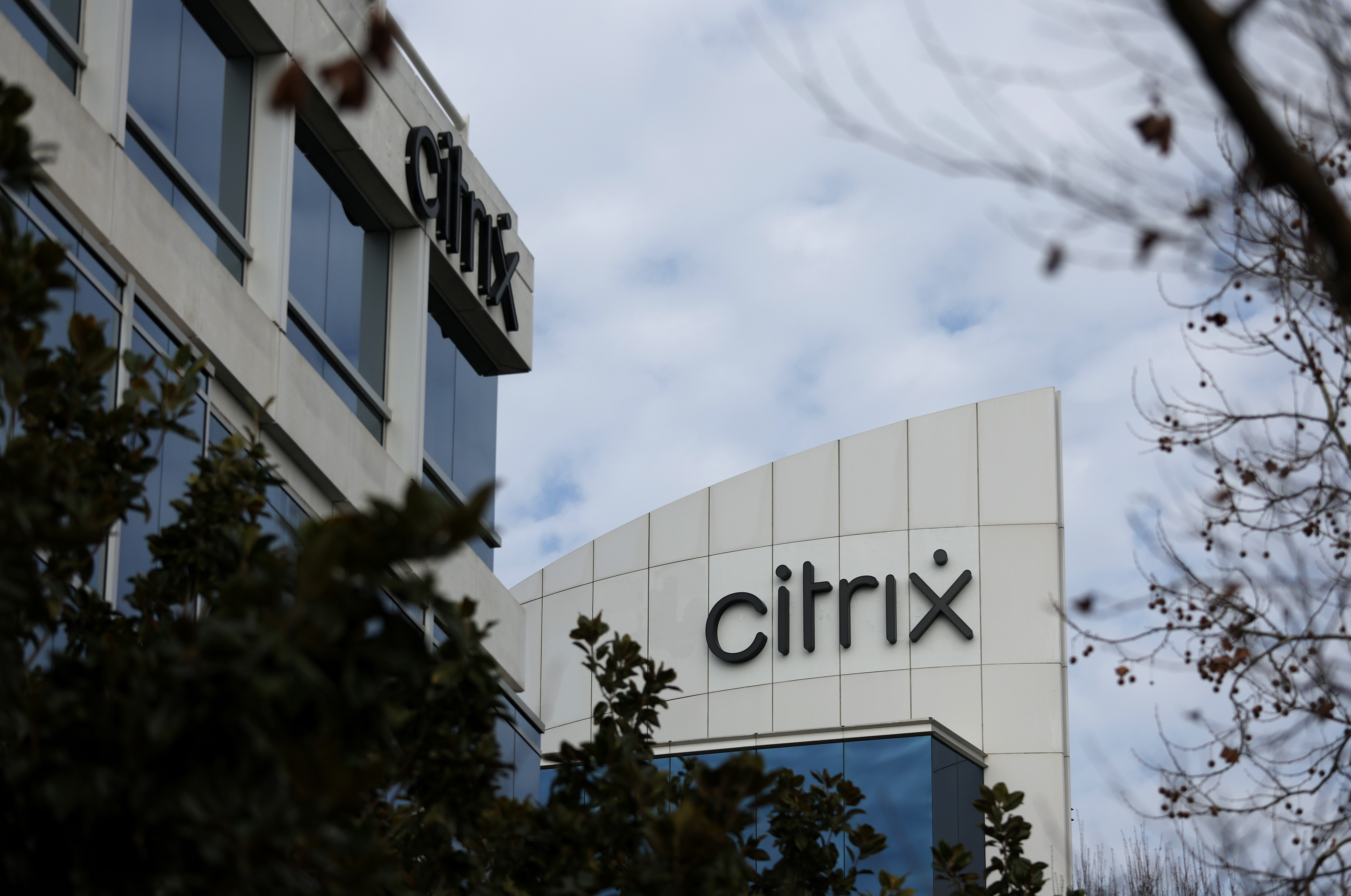 Citrix confirms two new NetScaler vulnerabilities as firms urged to patch immediately
Citrix confirms two new NetScaler vulnerabilities as firms urged to patch immediatelyNews Citrix has issued patches for two new vulnerabilities in its NetScaler ADC and Gateway appliances
By Solomon Klappholz Published
-
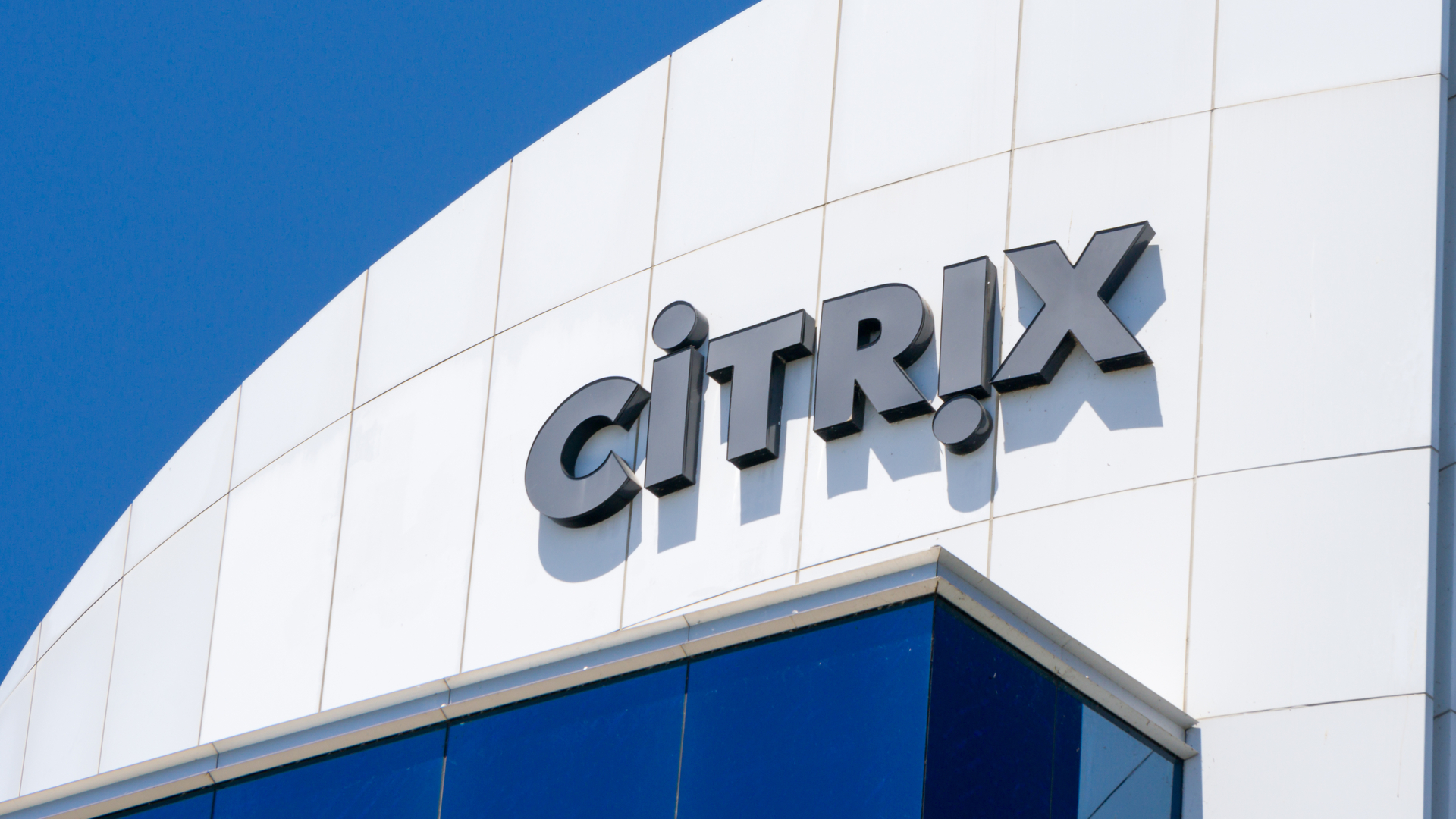 Citrix mulling potential sale after tumultuous 2021
Citrix mulling potential sale after tumultuous 2021News Share prices have tumbled due to consecutive quarters of "mixed" financial results
By Keumars Afifi-Sabet Published
-
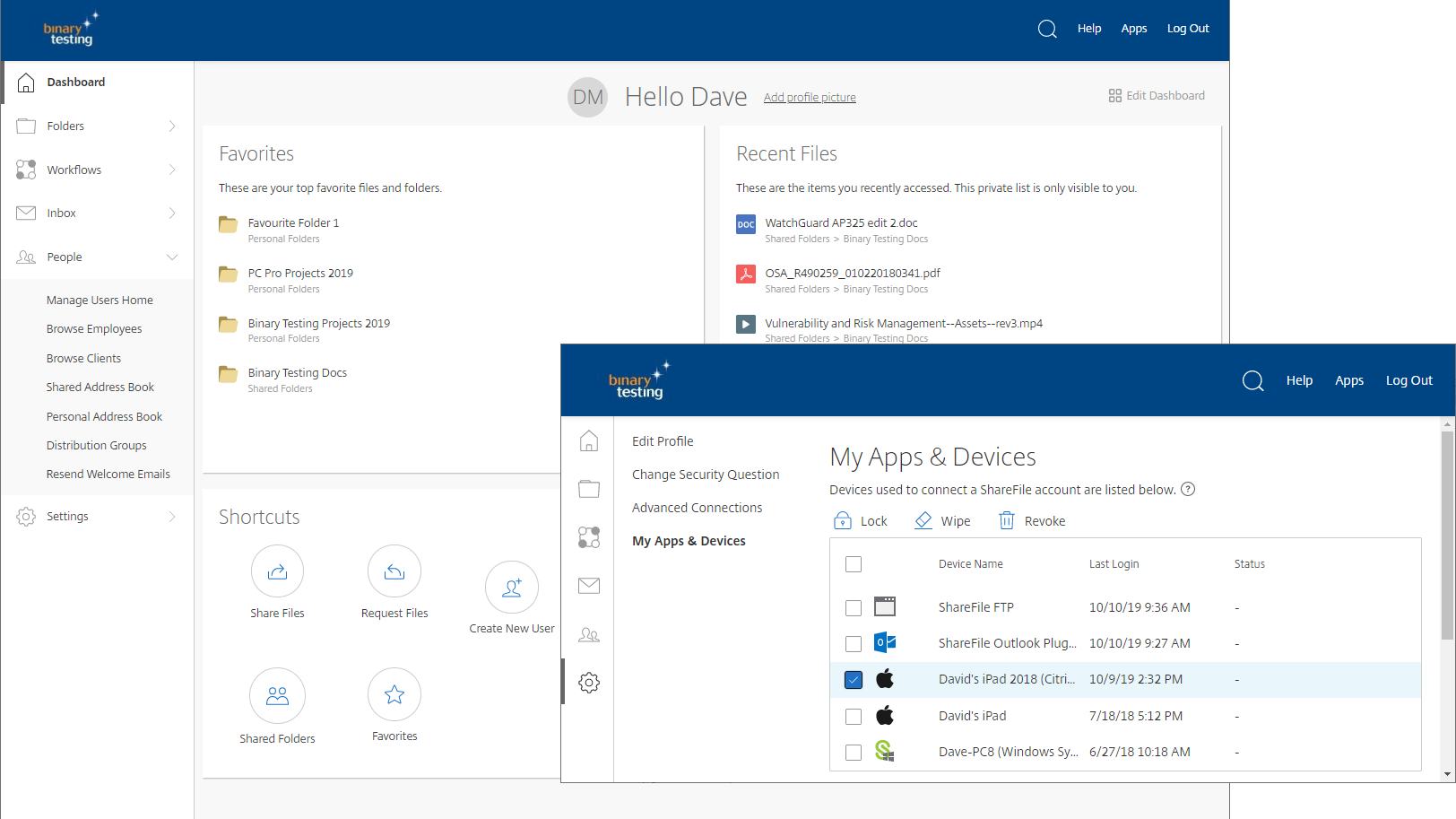
 Citrix ShareFile review: Slick collaboration, stonking price
Citrix ShareFile review: Slick collaboration, stonking priceReviews An affordable cloud service that’s easy to manage and perfect for businesses that need to share huge files
By Dave Mitchell Published
-
 Server virtualization: What is it and what are the benefits?
Server virtualization: What is it and what are the benefits?In-depth Server virtualization offers a quick and effective way of creating a more efficient IT infrastructure, but how does it work?
By Adam Shepherd Last updated
-
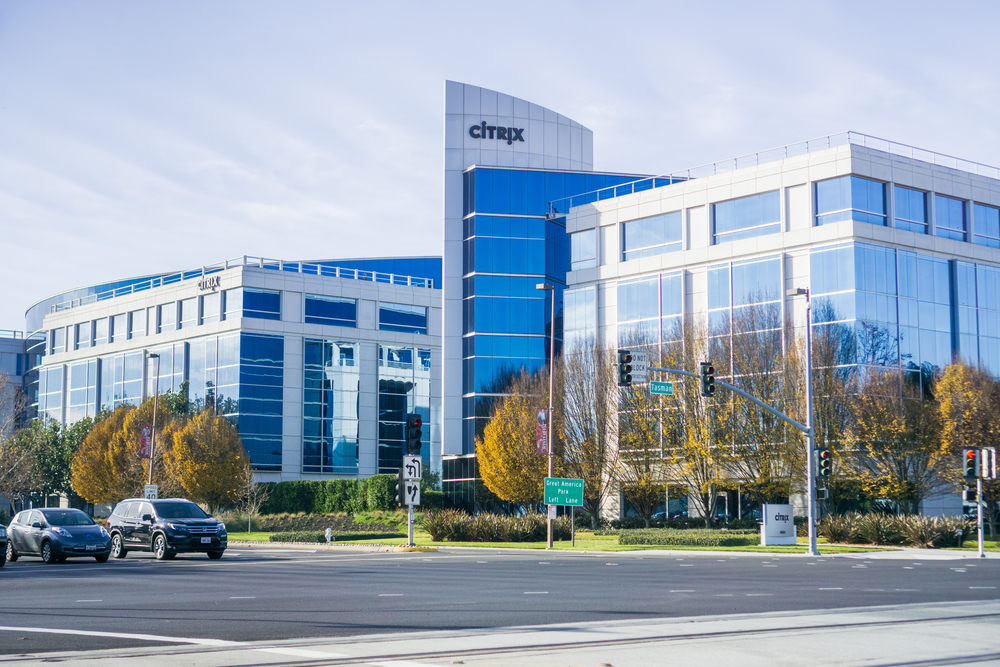 Everything you need to know about Citrix
Everything you need to know about CitrixIn-depth A comprehensive guide to Citrix, tracing its history from on-premises virtualization to cloud services, highlighting key acquisitions and business mission
By Keumars Afifi-Sabet Last updated
-
 Citrix ShareFile: grown-up file sharing
Citrix ShareFile: grown-up file sharingIn-depth Steve Cassidy takes a look at what ShareFile has to offer.
By Steve Cassidy Published
-
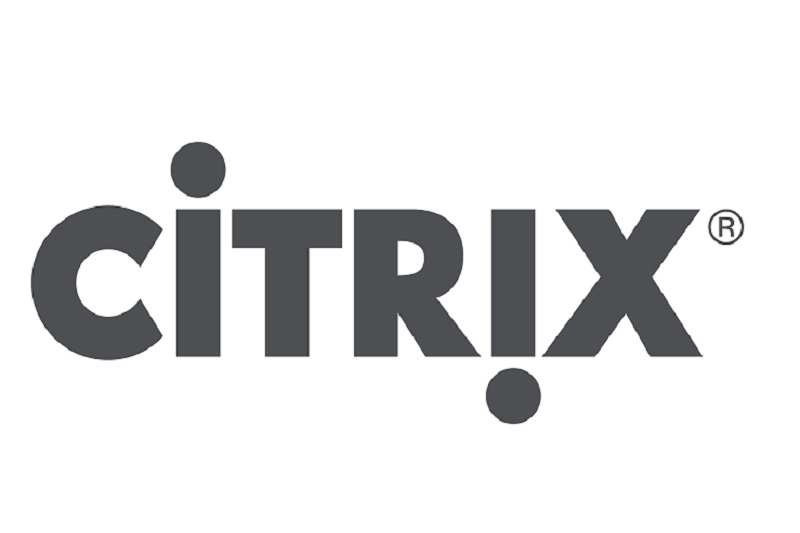 Citrix Synergy 2013: Citrix eyes mobile enterprise with latest XenDesktop version
Citrix Synergy 2013: Citrix eyes mobile enterprise with latest XenDesktop versionNews First fruits of Project Avalon are borne as Citrix offers businesses a way to maximise legacy Windows app investments in the mobile world.
By Maggie Holland Published
-
 Citrix Synergy 2012: Citrix takes a legendary turn with project Avalon
Citrix Synergy 2012: Citrix takes a legendary turn with project AvalonNews Virtualisation giant stretches 'as a service' possibilities with mythical new offering.
By Jane McCallion Published